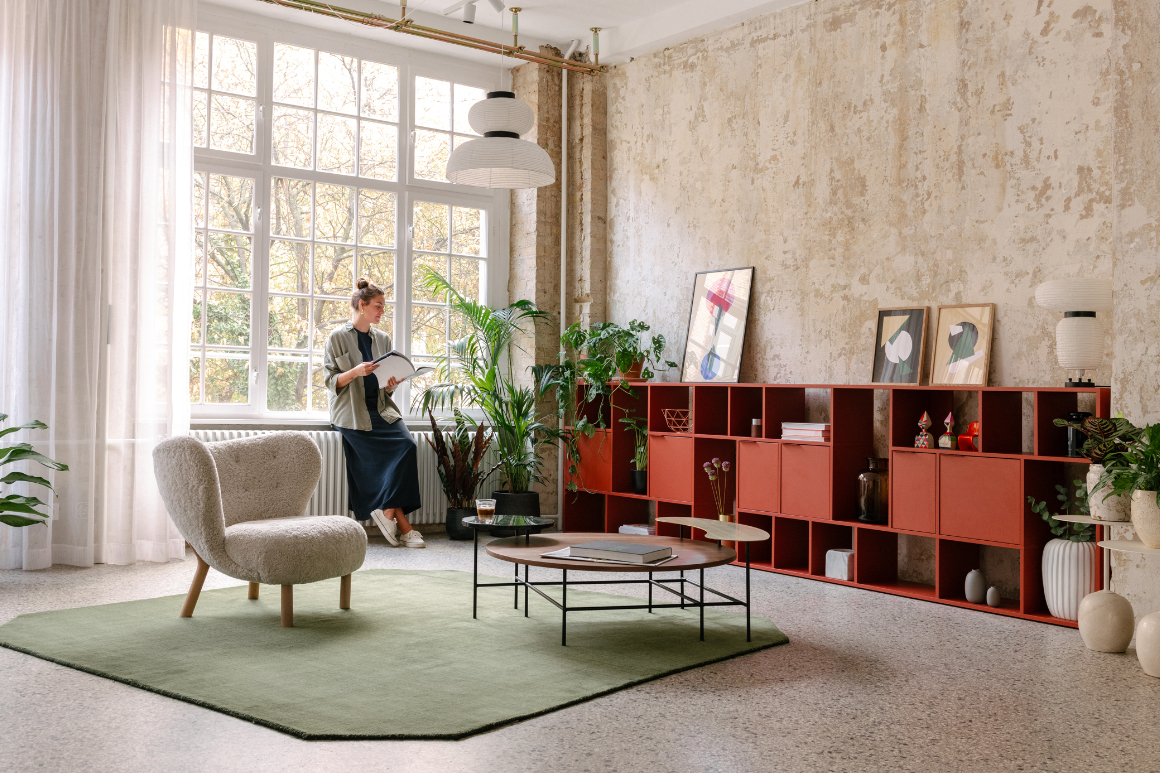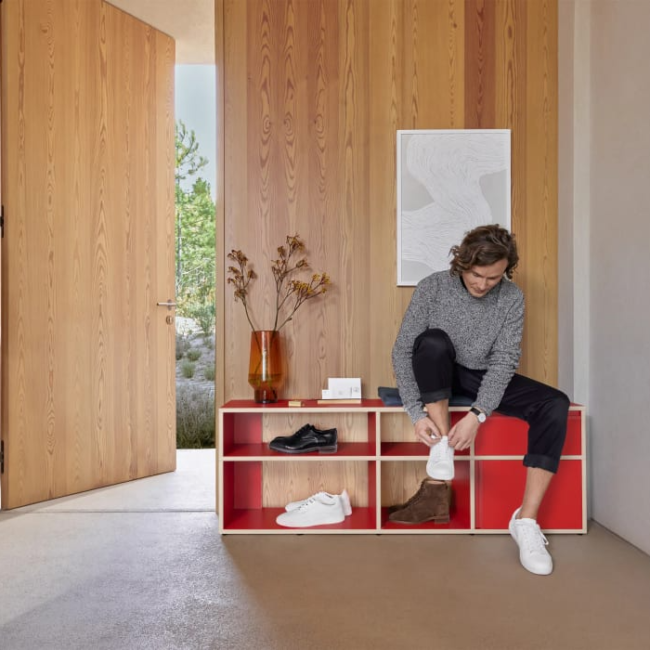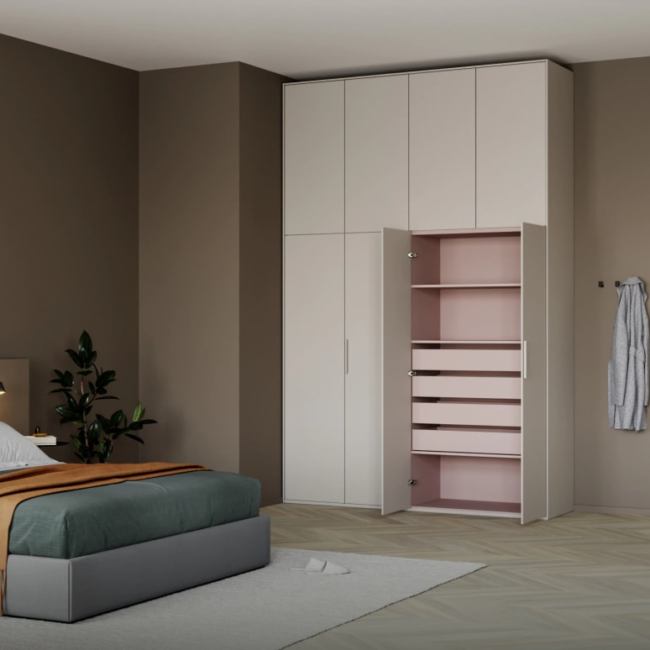June 04, 2019
The Tylko Guide to Biophilic Design
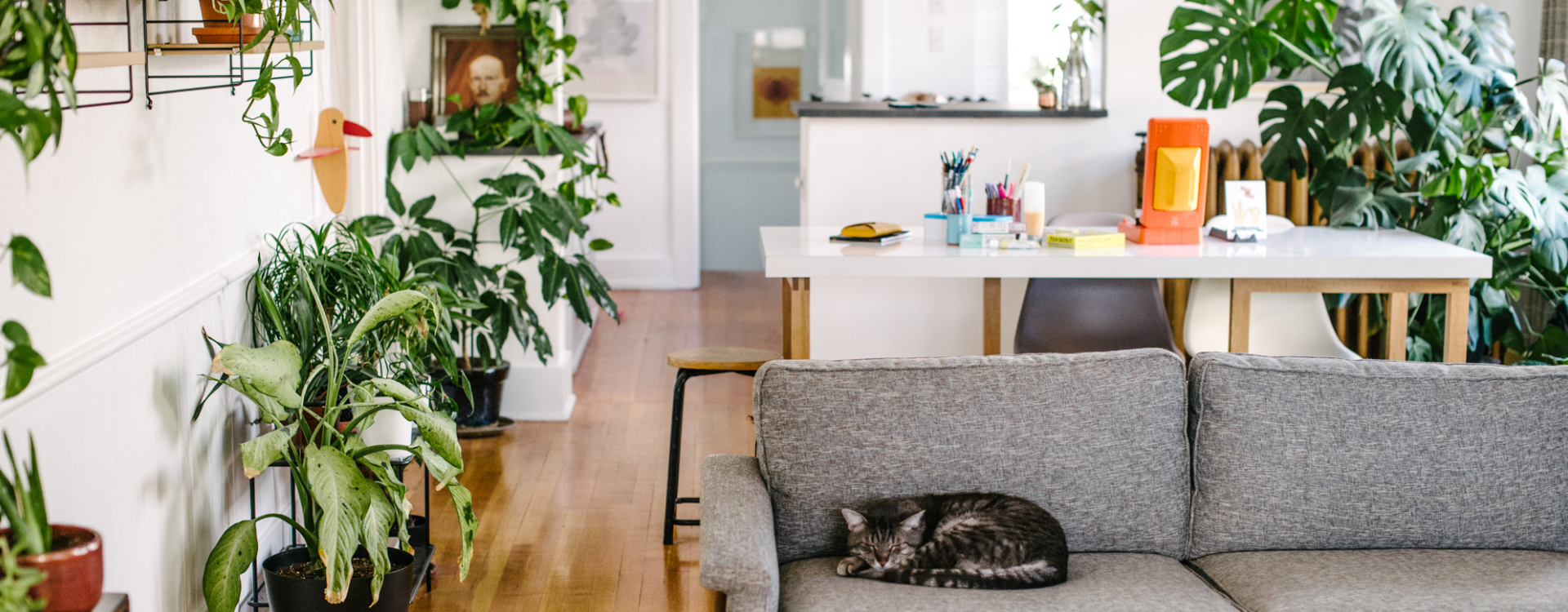
Could taking inspiration from the great outdoors lead to a happier, healthier home? Welcome to the wonderful world of Biophilic Design.
The key to introducing calm and tranquillity back into our hectic, modern lives may just lie in the simplicity of nature. We investigate biophilic design, an innovative approach to interiors aiming to de-stress and reinvigorate through connections with the natural world.
From increasing productivity and creative thinking in our workplaces, to restoring calm and balance within our homes, the growing biophilic movement covers a range of clever tricks and tools aimed at enhancing all aspects of our lives. Taking a holistic approach to design, biophilic elements have been shown to improve everything from our general mood to the air we breathe. Slowly but surely gaining popularity over the past decade, this new mode of thinking is set to find its way into every corner of our lives. In preparation for this mindful revolution we dig a little deeper to find out more.
What is Biophilic Design?
Simply put, biophilic design is all about creating indoor environments that mimic elements of the natural world to increase our mental and physical well-being. The theory goes that all humans have an innate connection with nature. A concept with its roots in the 1980s, the work of Harvard professor Edward O. Wilson formed the foundation of this new way of thinking. Author of Biophilia, Wilson, a biologist and passionate conservationist, stated, “nature holds the key to our aesthetic, intellectual, cognitive and even spiritual satisfaction.”, Mother nature, it seems, has always been a comforting and inspiring force in our lives. Re-connecting human beings with the world that surrounds them quickly became the driving force behind Wilson’s ground-breaking work.
Jump forward a few decades and biophilia takes on a new, contemporary form. In an age where we spend more than 22 hours a day indoors, 11 of those in front of a screen,our relationship with the great outdoors seems to be fading faster than ever. As more and more studies reveal the demands put on us both at home and at work, interior decorators, architects and designers have rediscovered the power of natural forms, putting a 21st century spin on Edward O. Wilson’s wise words. Clever tools, some complex, some as simple as a potted plant, have been developed with the aim to increase cognitive function, feed our imaginations and lower stress. Studies have shown that creating restful habitats can increase productivity by up to 15% and feelings of well-being by as much as 40%.
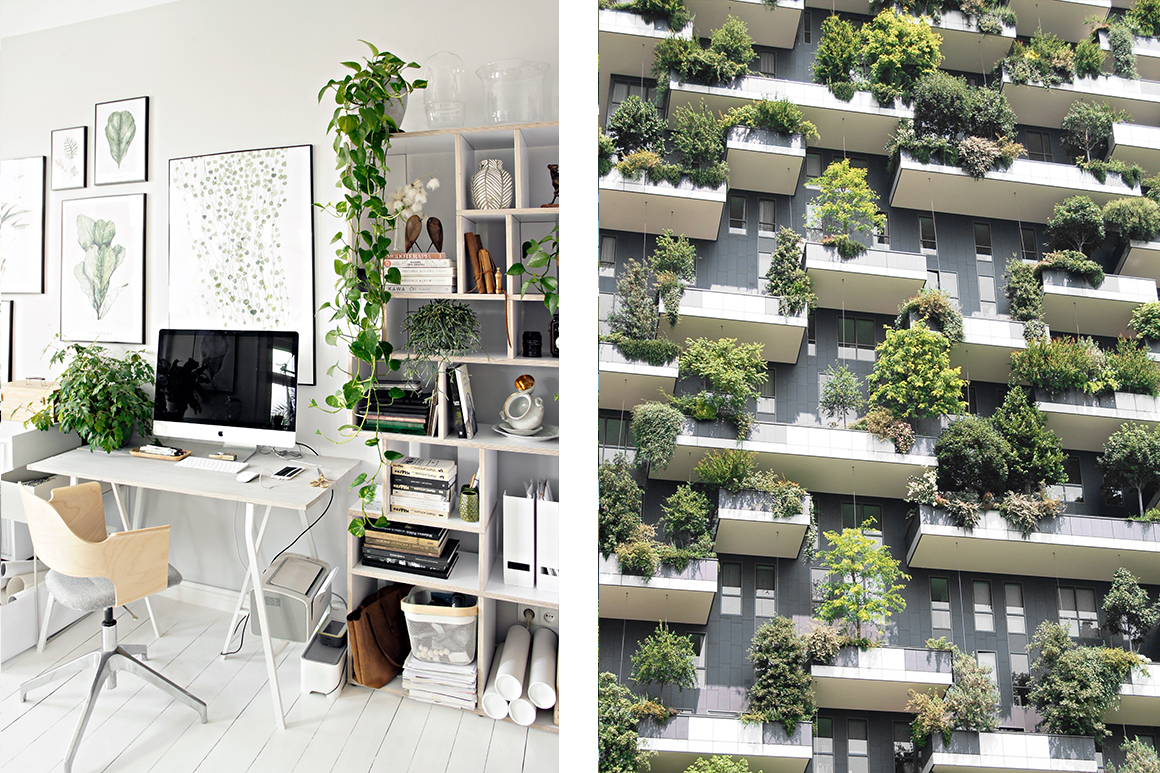
photo: Margo Hupert (left)
Biophilic Design in the Home
Whether we realise it or not, for many of us, biophilic design has already taken hold in our homes. This is the era of the plant. Think pieces on our current love affair with greenery seem to appear daily, but what at first sight may feel like a passing millennial trend, the truth is that humans have always had a deep connection with plant life. As more of us make cities our homes and busy urban lives become the norm, our biophilic instinct seems to be at its height, this love for flora and fauna less a trend and more a defining feature of being human.
However, biophilic strategies stretch way beyond a pop of greenery here and there. If you’re on a mission to increase the calm quota in your home then perhaps it’s time to explore this world in a little more detail. Setting aside your pot plant situation for a moment, even the shape, size and arrangement of furniture can have a subtle yet powerful effect on how we relate to our space. For example, straight lines and uniformity rarely occur in nature, so biophilic design favours objects that gently curve and sweep. Natural landscapes are all about variety – mixing patterns, textures, heights and widths. No two wonders are the same, so, swapping sterile and industrial objects and environments for softer, more organic surrounds will have a dramatic effect on our ability to relax. Similarly, we all understand the difference a sunny day can make to our mood, so it follows that maximising natural light indoors can have an equally uplifting effect.
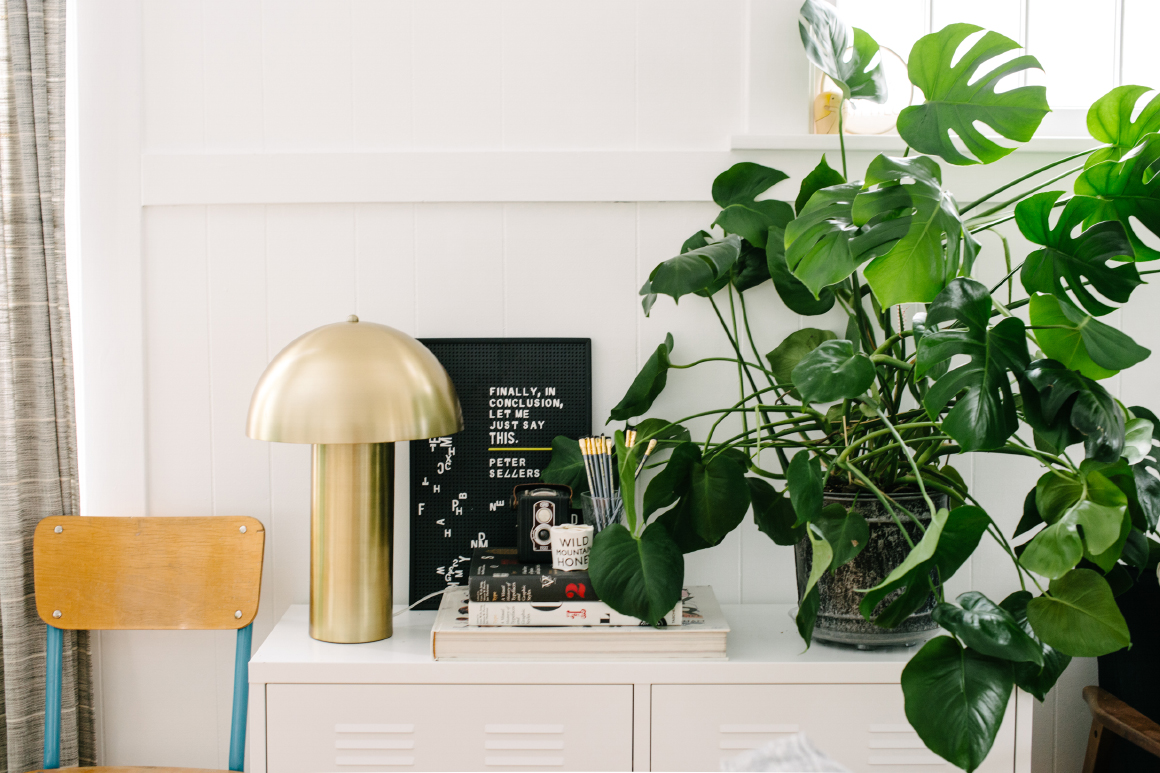
The popularity of visually striking living walls and simulated natural light in offices across the globe demonstrates just how much the experts have taken to this design philosophy. Happy workers equal successful businesses, making biophilic design a win-win. So, if health, happiness and peace of mind can be achieved in the hectic world of the 9-5, transforming our homes should be a breeze.
Taking our cue from the pros, we run through some easy, no-fuss strategies to transform your space into a haven of nature-inspired calm.
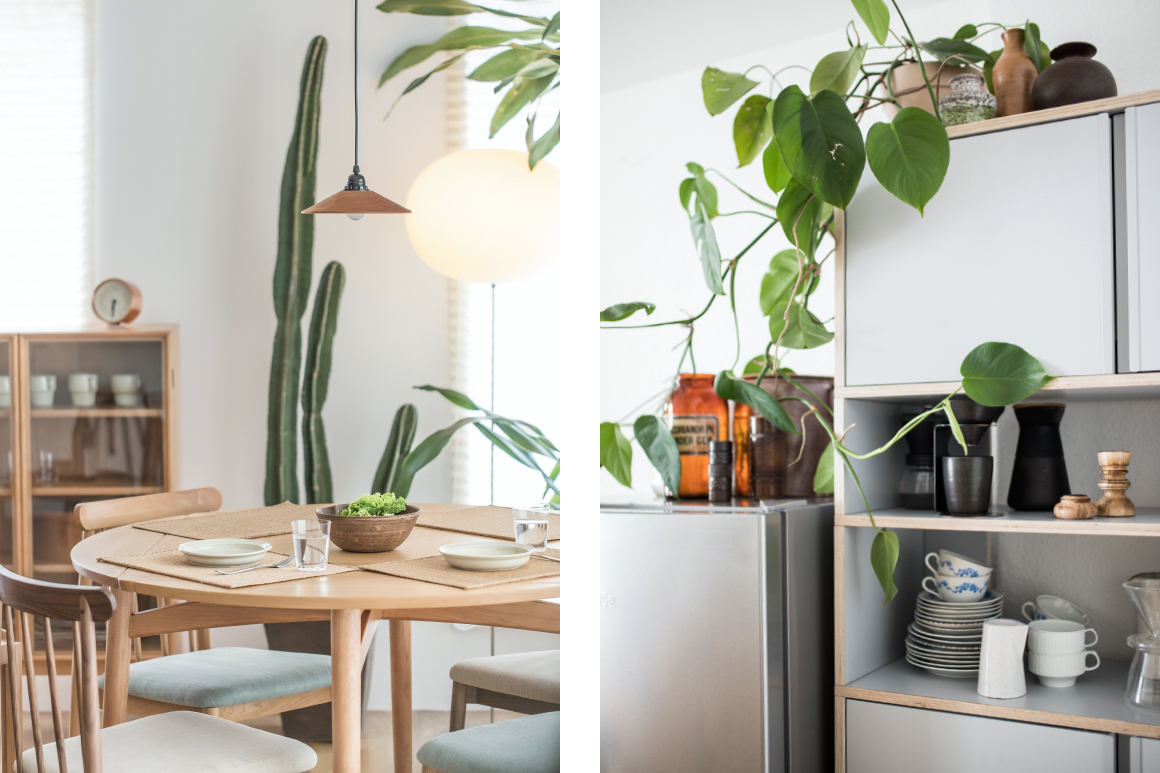
photo: Doitbutdoitnow (right)
Five Simple Steps to Introduce Biophilic Design into your Home:
Let the light in
The restorative power of natural light has been well documented. An instant mood-lifter, sunlight can transform a room in seconds. Whether bright morning rays or the gentle glow of sunset, getting a full view of the outdoors connects us with nature’s timepiece and helps regulate our circadian rhythms – the internal 24 hour clock that affects sleeps, temperature and a whole host of other body functions. So, remove any unnecessary blinds, swap heavyweight curtains for sheer fabrics and remove those books and ornaments blocking your windowsill.
Make air a priority
A subtle change that you’ll feel, rather than see, balancing airflow indoors can be a game-changer. Routinely opening windows and doors to allow a steady stream of fresh air to circulate eliminates that stuffy, dry atmosphere that’s especially draining to those who work from home. A blast of cool air will wake you up from that mid-afternoon slump, kick-start creativity and as a bonus, reconnect you with the sounds of the world beyond your front door.
Create a nature-friendly colour palette
Biophilic design turns to the outdoors for colour inspiration. Choose shades that occur regularly in nature. Calming blues recall the sky and sea while earth tones and neutrals evoke stone and soil. For fans of bold palettes, swap jarring brights for intense but nature-friendly picks such as terracotta or variations on green.
Mix rather than match
Matching, uniform interiors are great for those going for an industrial, minimal feel. However, nature leans towards the unpredictable and random. What makes the outdoors so energising is its changeability, so apply the same indoors for a similar effect. “Spatial variability,” or the art of mixing things up, means: eliminating straight lines, combining different objects and patterns, placing tall next to short and generally keeping your space as diverse as possible. Tylko’s more off-beat and unconventional layouts sit firmly in this category.
Get inventive with your plant life
Plants form the basis of a biophilic life. Uplifting and accessible, they’re a simple way to bring a slice of nature into your home. For those looking to get inventive, biophilic office design can teach us a thing or two about taking plant-life to the next level. Use tall and towering potted plants as screens to divide spaces in your home. Create your own mini living wall with rows of vertical plant holders and remember, plants provide noise insulation, cooling shade and cleaner air – so place them correctly to make the most of your clever, floral friends.

